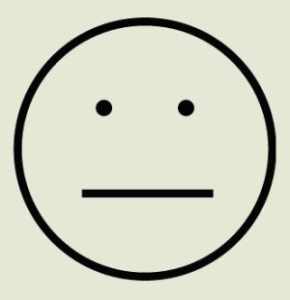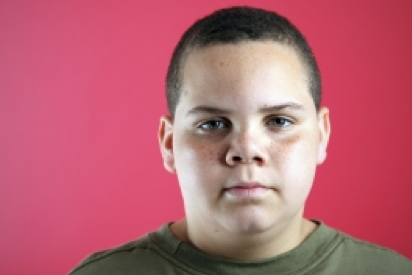

Set small, reasonable goals and expect to take progress slowly, bit by bit. This is a difficult mental illness, so be prepared for setbacks. As you set off on this challenging journey, there are some important things to keep in mind: Read up on bipolar schizoaffective disorder, schizoaffective disorder depression type, how each type is treated, what to do when treatments don’t seem to work, how to manage relapses, and the kind of support your loved one will need going forward. In addition to getting the diagnosis, you need to learn more about this condition, as does your loved one.

From a diagnosis, a schizoaffective disorder treatment plan can be developed that includes medication, therapy, and self-management strategies. There is no schizoaffective disorder test, but a psychiatrist or other mental health professional can perform a psychiatric evaluation to determine if the diagnostic criteria for the condition are met.

The first step in caring for someone with schizoaffective disorder is to learn more about it and to ensure that an accurate diagnosis is made. From getting the initial diagnosis to managing relapses, a loved one with schizoaffective disorder needs your care. If you are living with someone with schizoaffective disorder, there are many ways in which you can help and care for him or her. Knowing how to deal with living with someone with schizoaffective disorder is not obvious, but it requires support and this is why family is so important. Struggling with the symptoms of schizophrenia can make it difficult to impossible to manage normal relationships, to be successful in school, to work, and can even lead to substance abuse or getting in trouble with the law. This is especially true if the condition has gone undiagnosed or untreated, if the patient is not sticking with the treatment plan, or if elements of treatment are not working. Living with either schizoaffective bipolar type or depressive type is challenging and can be very disruptive. The mood disorder symptoms may include those of mania, depression, or both: periods of high energy, euphoria, lack of sleep, and risky behaviors for mania and sadness, despair, lack of interest in activities, and low energy for depression. The schizophrenic symptoms may include hallucinations, delusions, disordered thinking, unusual behaviors, a flat affect, and inappropriate emotional responses. Schizoaffective disorder causes symptoms of both schizophrenia and bipolar disorder or depression.


 0 kommentar(er)
0 kommentar(er)
